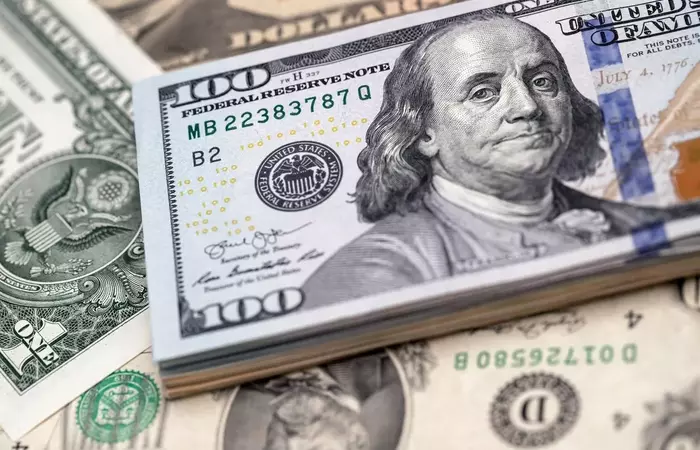The hurriedly imposed sanctions by the US on Russia last year are now pinching the US. The move prompted countries such as India and China to aggressively promote their local currencies for international trade. The result? The exercise of de-dollarisation, which was primarily on the drawing board for decades, is now taking wings. Countries are also benefiting as it has brought down the cost of fund transfers.
“There is a risk when we use financial sanctions that are linked to the role of the dollar that over time it could undermine the hegemony of the dollar,” US Treasury Secretary Janet Yellen acknowledged while speaking to CNN.
Sources said that within the Washington power corridor, this exercise is being closely watched amid Russia’s aggressive strides aimed at deepening non-dollar denominated trade ties with countries including India and China. The shortage of dollars that has hit nations across the globe has further boosted trade in currencies other than the greenback.
The Reserve Bank of India (RBI) has already given its nod to various banks from 18 countries to open Special Vostro Rupee Accounts (SVRAs) to facilitate transactions in rupees. Many more countries have also expressed their interest in transacting in the Indian currency. While transactions in the Indian rupee have its limitations—the currency can be used for payments only with countries which have a formal agreement with India unlike the US dollar, experts said that the sudden sanctions have brought out the need to have alternate payments systems. Though the usage of rupee to facilitate cross border trade can be categorised as invoicing, more and more countries are realising the need to create alternate and independent payment mechanisms.
The global acceptance of India’s digital payment systems like the Unified Payments Interface (UPI) has been steadily increasing in the last few months.
The BRICS (Brazil-Russia-India-China-South Africa) block is also looking at developing a new reserve currency based on a basket of currencies of the member nations. The Financial Times has been quick to point out that a BRICS currency will not be a success as this will increase the member nations’ dependence on China. Though that may be true, a government official pointed out that “serious deliberations” over the need to set up alternate payment modes on the international platform are underway.
Many pundits have opined that the exercise to make the Indian rupee global is still just a dream at this stage. “There is no doubt that there are several challenges to the exercise but let us take one step at a time. The process has begun, we need to see if this can be a success, we need to thrash out measures that can boost the acceptance of the rupee outside India,” a government official said, adding that the RBI is closely looking into this matter.
At present, the Indian rupee accounts for just 1.6 per cent of the average global trade that takes place on a daily basis. According to the Observer Foundation Research, the figure was 0.7 per cent in 2007. “The rupee has made some progress but not enough to stand on its own legs or for other nations to bet on it. The rupee thus compares unfavourably with the US dollar (88 pc), euro (31 pc), yen (17 pc) and pound-sterling (13 pc) as a share in daily average global trade,” the report said.
Besides, the RBI’s reluctance to allow full convertibility, fearing capital flight and unpredictable exchange shocks is adding to the challenges.
Since the 1920s, the US dollar has been gaining momentum, displacing the pound sterling.
Also read: After Singapore, UPI payment link likely with UAE & Mauritius too




















